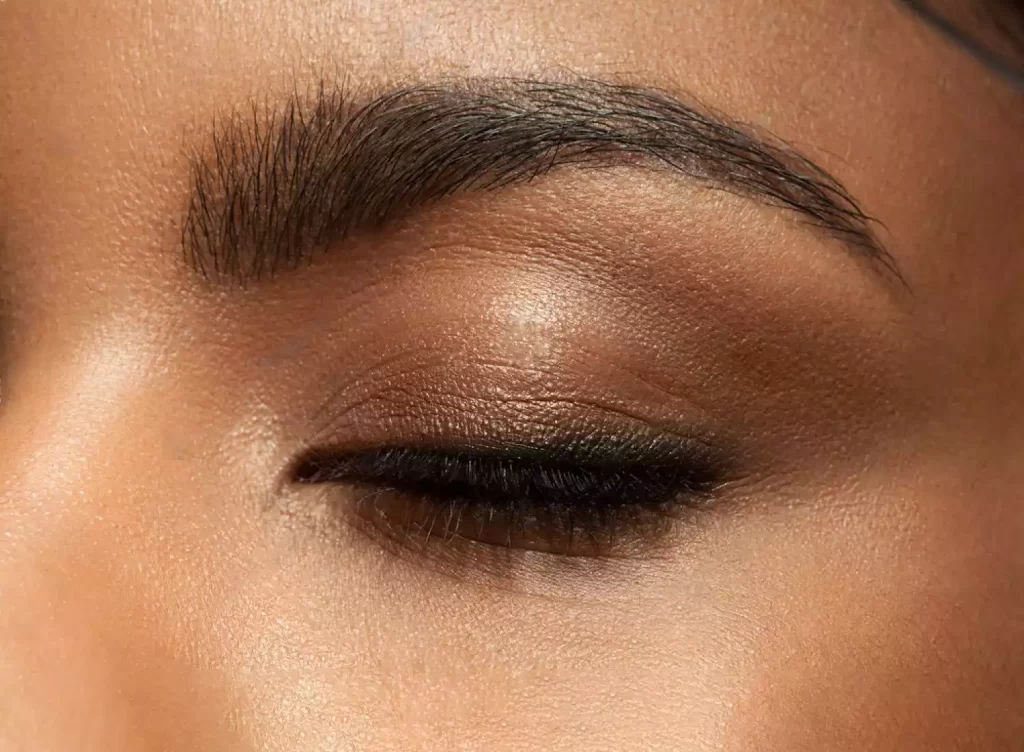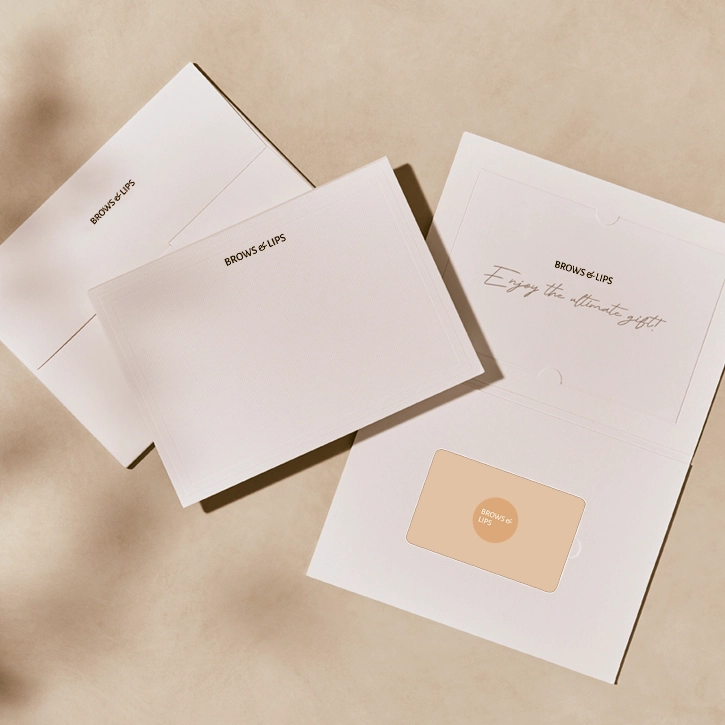

Table of Contents
Fordyce Spots on Lips: Comprehensive Causes and Effective Treatments
Fordyce spots, often recognized for their minuscule, yellow-white appearance, predominantly arise on the lips and can be a cosmetic concern for many. Though they’re medically harmless, understanding their origin and methods of treatment can be reassuring for those who experience them.
What Are Fordyce Spots?
Fordyce spots, or Fordyce granules, are small, painless, pale bumps that measure between 1-3 millimeters in diameter. These ectopic sebaceous glands are not attached to hair follicles and, hence, appear more prominent than other sebaceous glands.
Causes of Fordyce Spots on Lips
Natural Development
Sebaceous Glands: The primary cause behind Fordyce spots is the sebaceous glands’ misplacement. These glands are typically found in association with hair follicles but can occasionally develop in areas without hair, such as the lips.
Genetics: A predisposition to Fordyce spots can be inherited. If family members display these spots, there’s a possibility you might develop them as well.
Hormonal Changes
Fluctuations in hormones, especially during puberty, can lead to the enlargement or increased prominence of these spots.
Symptoms and Diagnosis
Though Fordyce spots are asymptomatic, their distinctive appearance can make them easily recognizable:
- Pale, yellow-white bumps
- Smooth surface
- Located on the lips’ inner surface or the vermillion border
A visual examination is generally adequate for diagnosis. However, in rare cases, a biopsy might be conducted to rule out other potential conditions.
Treatments and Remedies
Medical Procedures
Electrodesiccation
A process that employs electrical currents to dehydrate the Fordyce spots, leading to their eventual removal.
Laser Treatments
CO2 laser and pulsed dye lasers are frequently utilized for treating Fordyce spots. They work by targeting the blood vessels within the spots, thereby reducing their appearance.
Micro-punch Surgery
This technique involves using a microscopic device to excise the spots individually.
Paramedical Treatments
Lip Blushing
Lip blush is a cosmetic tattooing procedure that enhances the natural color and shape of the lips. However, it’s essential to note that lip blush itself is not a treatment for Fordyce spots.
Fordyce spots are sebaceous glands that appear on the lips, and while they can be a cosmetic concern, they are not harmful. The lip blush procedure can potentially camouflage the appearance of Fordyce spots by giving the lips a more uniform color, but it does not eliminate or reduce Fordyce spots in any way. It is a cosmetic enhancement and should be considered as such.
For individuals considering lip blush to disguise Fordyce spots, it’s crucial to have realistic expectations and consult with a qualified professional to discuss potential outcomes and other more effective treatments for Fordyce spots.
Topical Treatments
Retin-A (Tretinoin)
A derivative of vitamin A, Retin-A can aid in decreasing the prominence of Fordyce spots by hastening cell turnover.
Chemical Peels
Mild chemical peels, containing glycolic acid or salicylic acid, can help in reducing the appearance of the spots.
Natural Remedies
Coconut Oil and Essential Oils
A blend of coconut oil and essential oils such as lavender or tea tree can hydrate the lips and reduce irritation.
Jojoba Oil and Argan Oil
These oils resemble natural skin oils and can diminish the spots by moisturizing and nourishing the skin.
Tips for Preventing Fordyce Spots
Hydrate: Drinking ample water keeps the skin hydrated and potentially reduces the occurrence of the spots.
Balanced Diet: Incorporating foods rich in vitamins and minerals, especially vitamin A, E, and K, can bolster skin health.
Lip Care: Regularly moisturizing lips can keep them nourished, thereby potentially minimizing the risk.
Conclusion
Fordyce spots on lips, although benign, can be a cosmetic concern for many. Through a combination of medical procedures, topical treatments, and natural remedies, the prominence of these spots can be diminished. With the right knowledge and approach, managing Fordyce spots becomes a straightforward task.
Fordyce spots, or Fordyce granules, are small, painless, pale bumps that are ectopic sebaceous glands. They are not attached to hair follicles, making them more noticeable.
The primary cause is the misplacement of sebaceous glands. They can also be influenced by genetics and hormonal changes, especially during puberty.
They are mostly diagnosed through a visual examination due to their distinctive appearance. In rare scenarios, a biopsy might be required.
No, Fordyce spots are medically harmless and are typically asymptomatic. They can, however, be a cosmetic concern for some.
Medical procedures include electrodesiccation, laser treatments, and micro-punch surgery.
Yes, topical treatments such as Retin-A (Tretinoin) and mild chemical peels can help reduce their appearance.
Natural remedies include using a blend of coconut oil with essential oils or applying jojoba and argan oils for nourishment.
Staying hydrated, maintaining a balanced diet rich in certain vitamins, and regular lip care can potentially reduce their occurrence.




